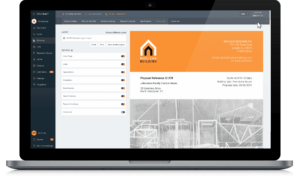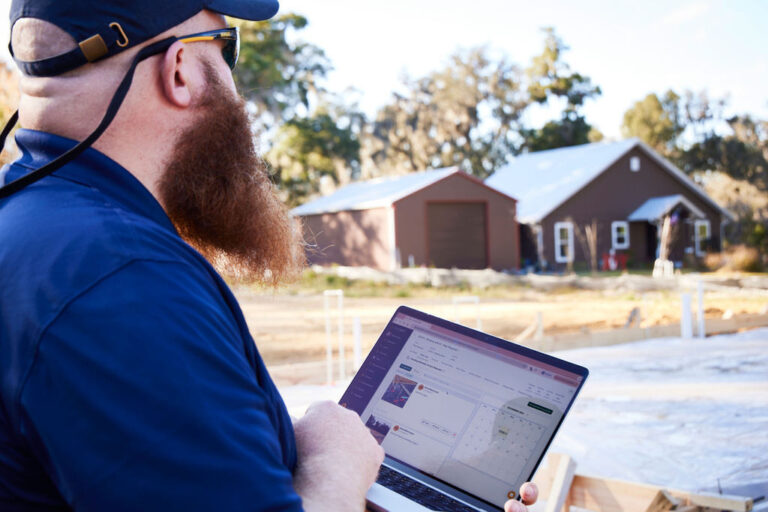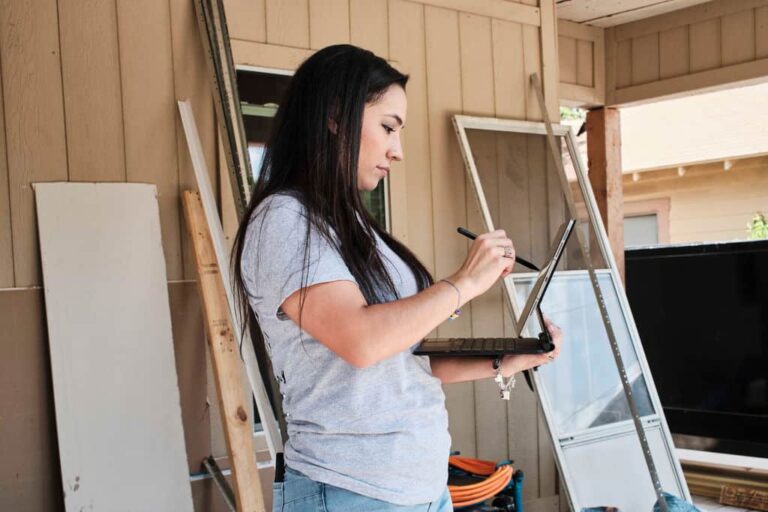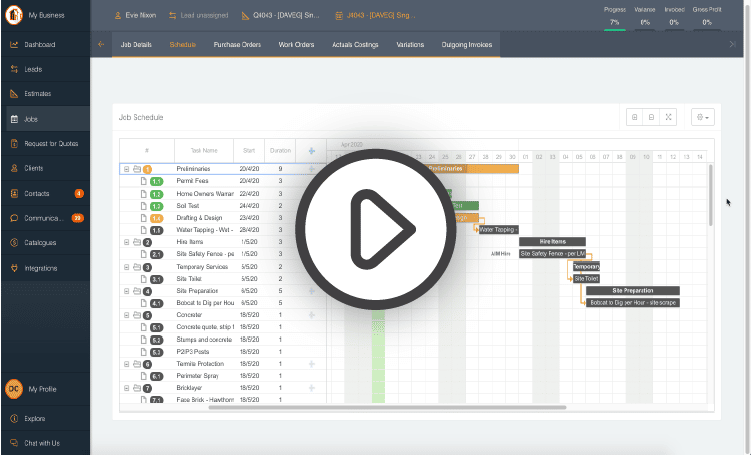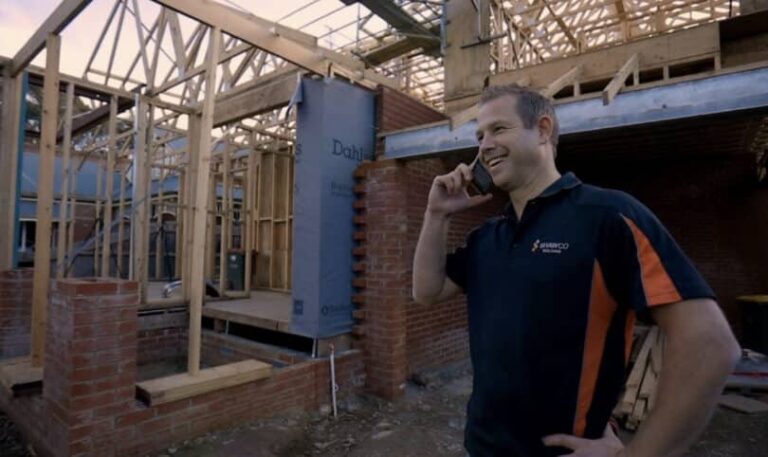3 minute read
Price and inventory volatility are causing custom home builders and pro dealers headaches. There is no magic solution, but effective and constant communication between all the parties involved, helps.
Market volatility
Price and inventory volatility is causing custom home builders and suppliers headaches consistently. While there is no magic solution to the problem, effective and constant communication between all parties (builders, suppliers and clients) will go a long way to a smooth home building process.
Builder – supplier relationship
The relationship between suppliers and builders needs to be mutually beneficial. Suppliers need loyal customers who go to them for their building needs, just like custom home builders need a reliable and knowledgeable supplier who provides the required materials at reasonable prices. Suppliers should be able to give suggestions if the desired materials are not available.
When builders search for suppliers, they should look for ones with healthy relationships with manufacturers.
According to Vertex, an architecture, engineering and construction firm, 22% of 901 respondents said the proper party, whether it was the suppliers or the contractor, notified them of supply-chain delays. The report also shows 16% experienced project delays or disruptions due to material, equipment and/or parts shortage.
Homeowners building their homes do not care why there is a delay in construction; they only care that there is a delay, which could sour the relationship between client and builder. Adding to the supply shortage headache is the housing boom. According to Freddie Mac, a mortgage loan company, the shortage of building materials and products in the United States to meet demand has ballooned to 52%. The shortage went from 2.5 million homes in 2018 to 3.8 million in 2020.
Construction demand boom
It is not always rainbows and butterflies. The added demand causes issues. Supply shortages happen, and COVID-19 has caused supply chain issues globally, leading to shortages and high prices for materials in high demand. Delays are sometimes inevitable, but it does not mean that builders and their clients will be happy about it. Suppliers should be proactive about setting expectations on availability and delivery dates. Conducting regular follow-ups to provide updates can go a long way in keeping clients content and informed.
What can pro dealers do to prepare for supply shortages, so their customer base is not significantly impacted by them?
Supply chain personnel and suppliers can avoid many headaches and frustrations through effective communication.
Finding the strategic fit
It is best when pro dealers and manufacturers align in terms of their strategic fits. One that is very common in the COVID-19 era is Intercompany Scope. This philosophy centers around both parties having a strong enough relationship to care about the other’s profits.
For example, low inventory drives prices up, which can cause friction in the relationship, and that relationship might even sour. Through effective communication, both parties can agree on inventory management to decide where the surplus will sit if there is one. When a team mentality is adopted, suppliers and supply chains do not mind sharing information, which can help reduce inventories and total costs. As a result, the supply chain surplus increases. All of this together adds up to a more competitive supply chain.
Best of all, everyone wins! Suppliers and supply chains work together to provide the much-needed materials to builders, who then do not have to spend a higher amount of money because of shortages. Once the relationship grows, the supplier can proactively go back to the builder with alternative suggestions if they know there will be shortages in the near future.
Two options builders have once the contracts are signed but before the build start, are to leave the client with a fixed-price contract, but an additional 3.5% would be added to the lumber price to cover any fluctuations in the market. Another option is for the builder to include an allowance for the lumber and then let the client take on the risk of the fluctuating price and in return for taking on the risk, the client could end up saving money if the price of lumber drops. This puts the client in charge of the decision.
Impact of globalization
One factor that is both a blessing and a curse when it comes to supply chains is globalization. It affects exchange rates, global demand and the price of crude oil. All three also affect supply chains. For these reasons, it’s important for supply chains to be flexible and adapt depending on the circumstances. Being able to pivot producing what would be easier can ease constraints and maintain prices stable. While manufacturers might not make certain products, production does not stop completely, and the overall business engine continues to run.
Always aim to provide options
On the builder-client side, builders should plan and ask their customers for multiple options they prefer for their homes should the first option not be available. While it might not be ideal for the customer not to get their first choice, at least they will be getting another option of their choosing. Having multiple options in advance will help move the project forward instead of having it stall and drag out for an extended period, ultimately costing them more money in the end. It is always best to prepare for the worst and hope for the best while always being transparent with your customer about potential supply shortages due to supply chain issues.
Conclusion
In sum, the perfect solution, a crystal ball, does not yet exist. Instead, we must rely on experience and history to help provide a path forward. Supply chain managers, builders, and contractors must be aware of current trends and issues to communicate with their clients and set the right expectations effectively. People get upset when they are surprised, and custom home builders can significantly diminish the element of surprise with effective and constant communication.
Learn more about how suppliers can better collaborate with builders to increase sales, lower costs and build loyalty.





